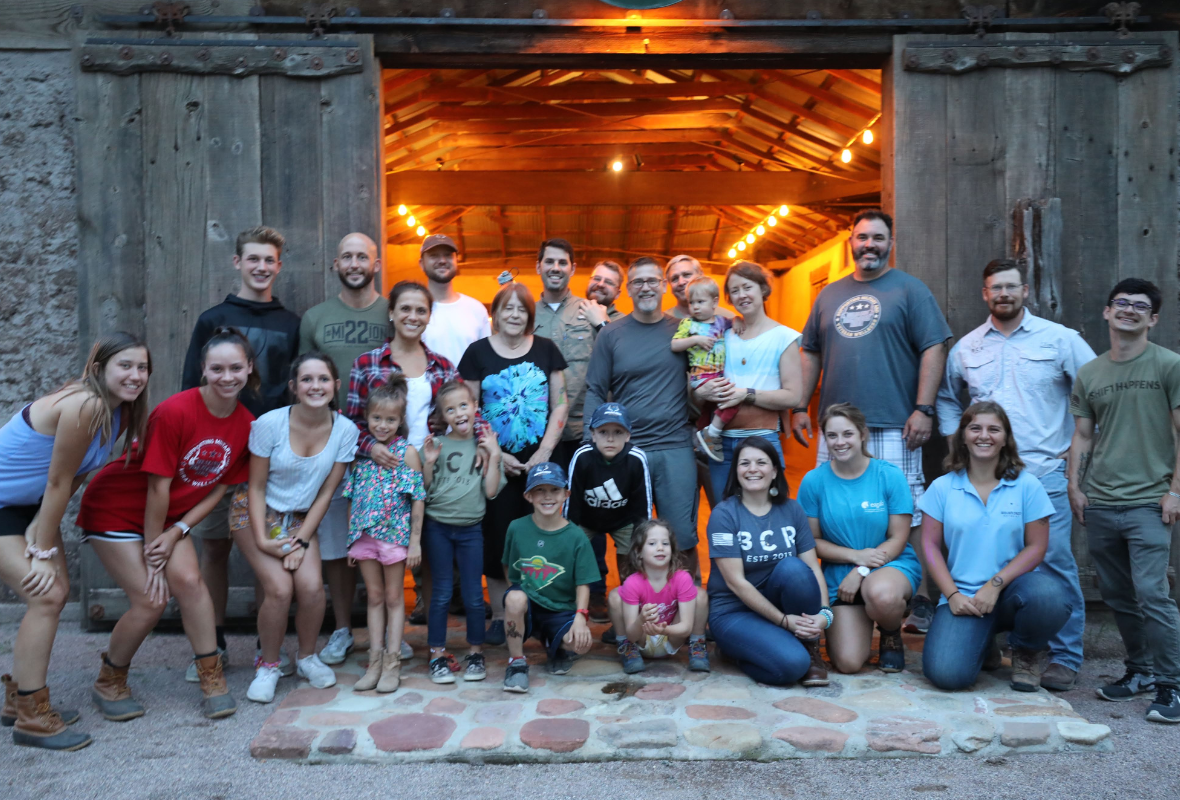Abstract
Despite increasing recognition that positive psychological changes or posttraumatic growth (PTG) may develop after highly stressful or traumatic events, contemporary population-based data on the epidemiology of PTG in high-risk samples such as U.S. military veterans are lacking. Additionally, in light of emerging evidence suggesting an 8-factor model of posttraumatic stress disorder (PTSD) symptoms, an up-to-date characterization of how these symptom clusters relate to PTG can help inform efforts to help promote PTG. Data were analyzed from the 2019–2020 National Health and Resilience in Veterans Study (NHRVS), which surveyed a nationally representative sample of 3,847 trauma-exposed U.S. veterans. Participants completed assessments of potentially traumatic events, PTSD symptoms, and PTG, as well as a broad range of sociodemographic, military, trauma, health, personality, and psychosocial characteristics. Results revealed that 63.2% of trauma-exposed veterans and 86.4% of veterans who screened positive for PTSD endorsed moderate-or-greater PTG; these prevalences are higher than those reported in an independent U.S. veteran sample in 2011 (50.1% and 72.0%, respectively). An inverted U-shaped association was observed between PTSD symptom severity and PTG levels, with scores of 31 to 51 on the PTSD Checklist for DSM-5 associated with the highest likelihood of PTG. Intrinsic religiosity and internally- and externally-generated intrusive symptoms of PTSD were identified as the strongest correlates of PTG. Results suggest that prevention and treatment efforts to mitigate severe PTSD symptoms, and help promote intrinsic religiosity, and more deliberate and organized rumination about traumatic experiences may help foster PTG in veterans.
Read the full article here.
Give strength & hope to those who serve
Your support powers life-changing programs offered at no charge to veterans, military, first responders, and their families. With your help, our Warriors won't just survive — they'll thrive.
